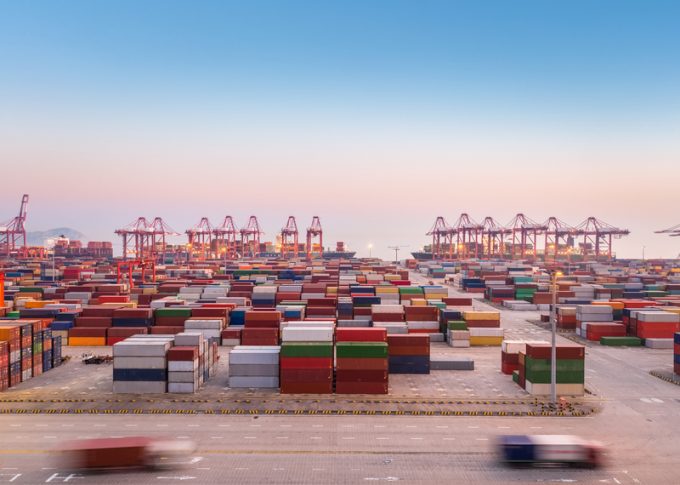Gemini to reintroduce direct Asia-Europe calls at Aarhus and Gothenburg
The first cracks in the Gemini partners’ philosophy of limiting direct calls on their Asia-Europe ...

Terminal utilisation rates are set to increase over the next few years, putting further pressure on the global port congestion crisis.
According to Drewry, handling volumes will grow by an average of 5% a year between 2020 and 2025, whereas capacity will grow 2.5% a year, ...

Comment on this article